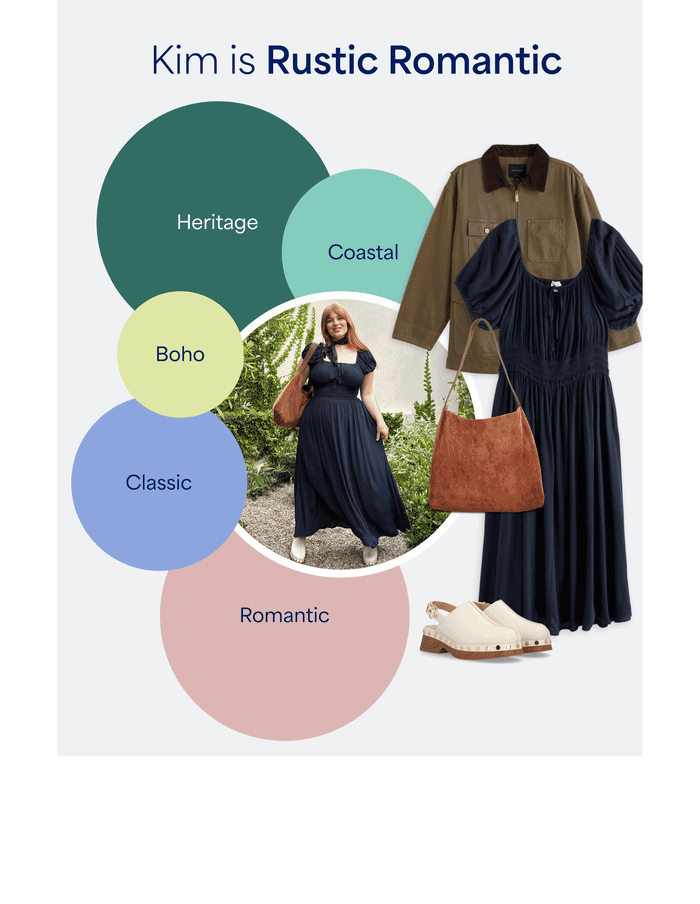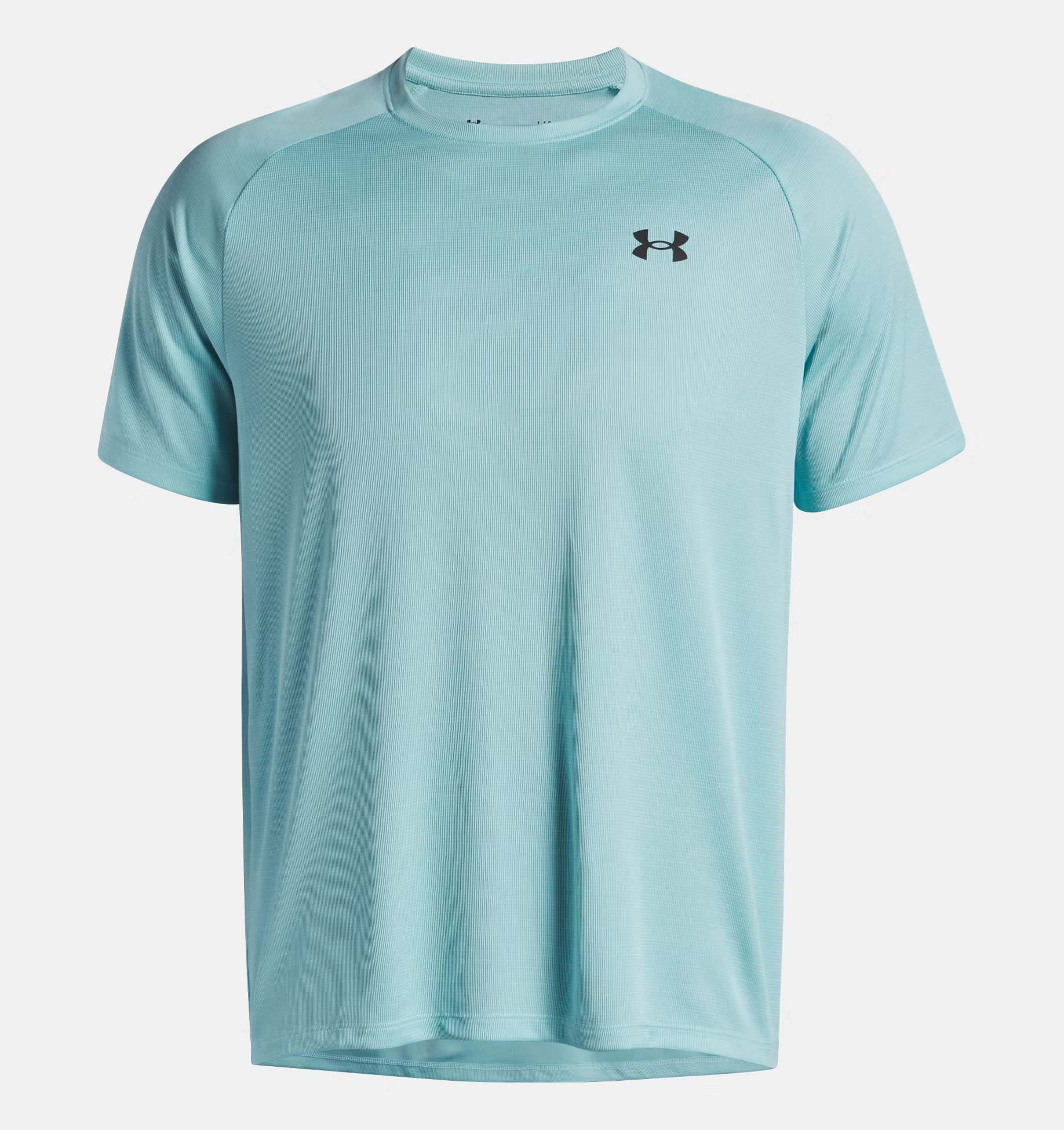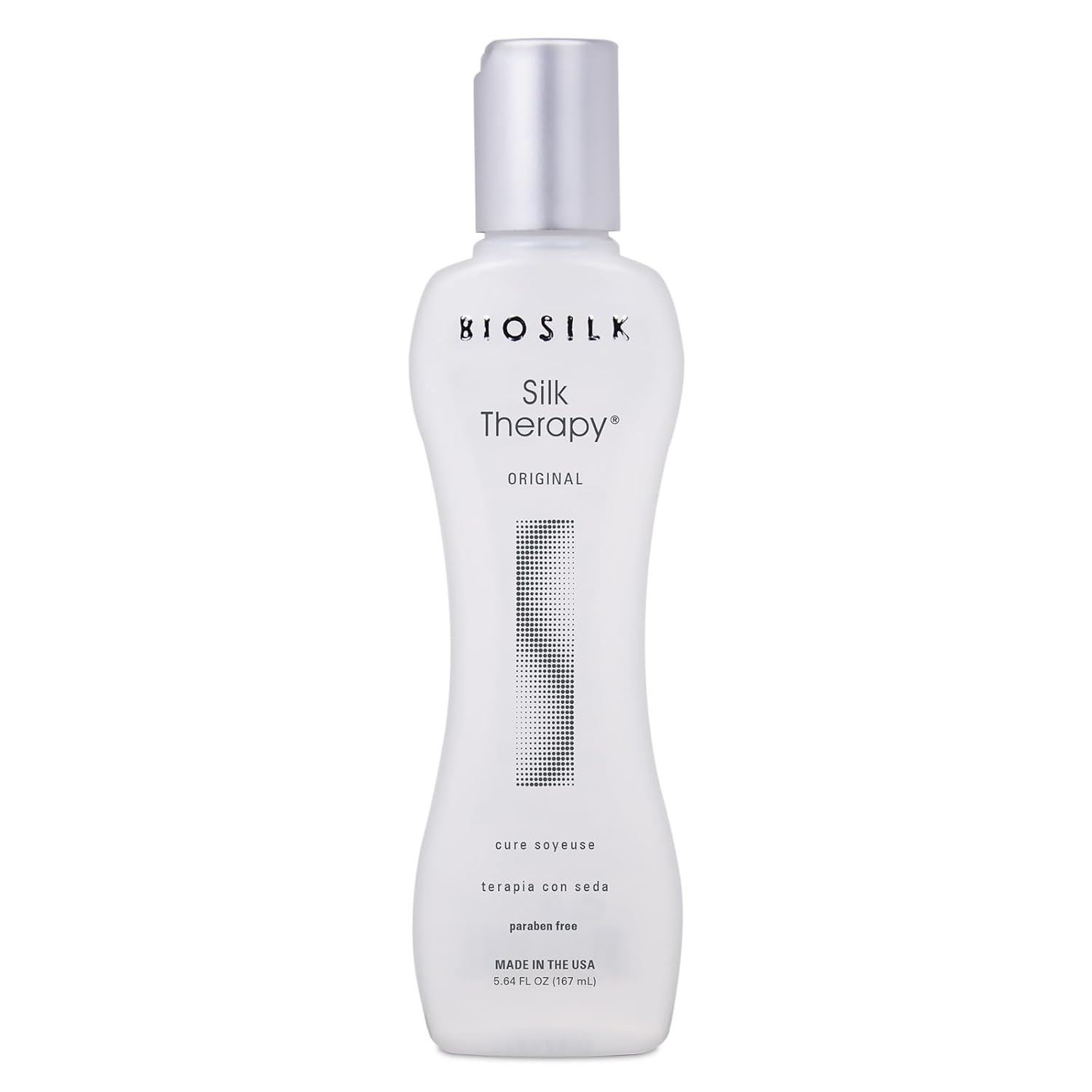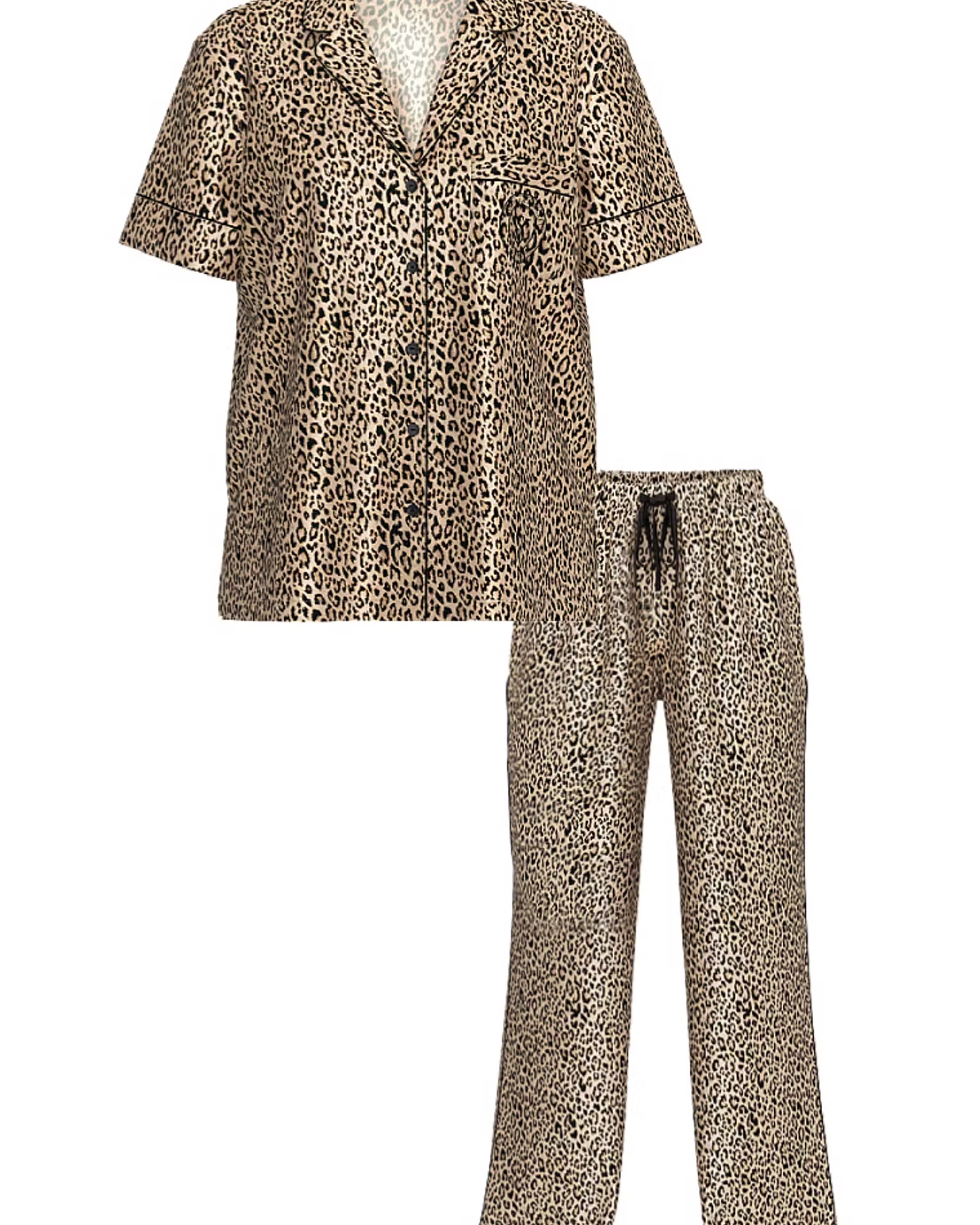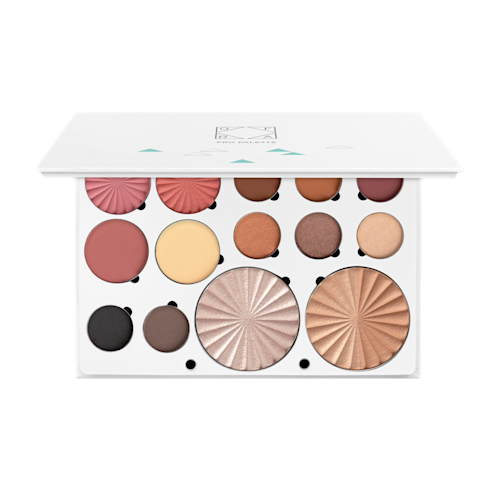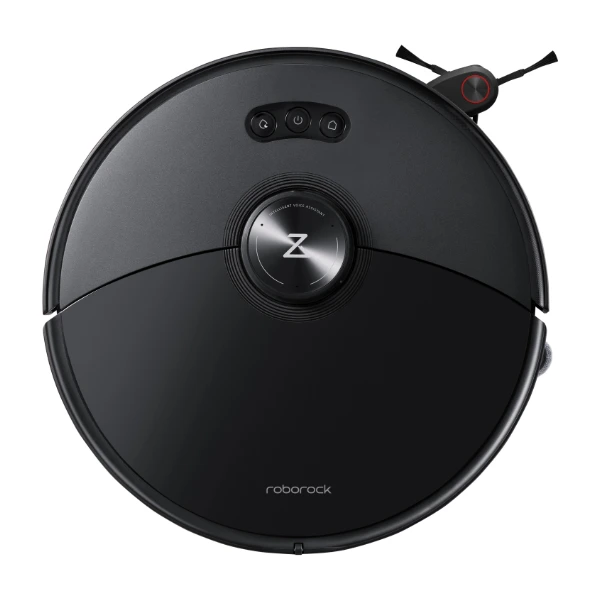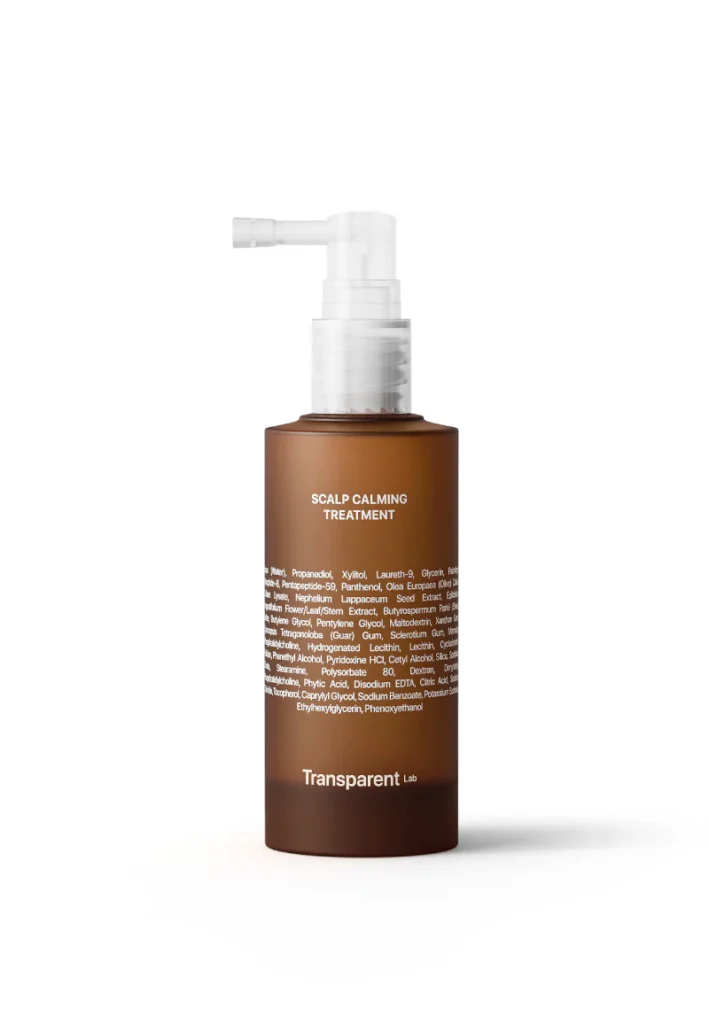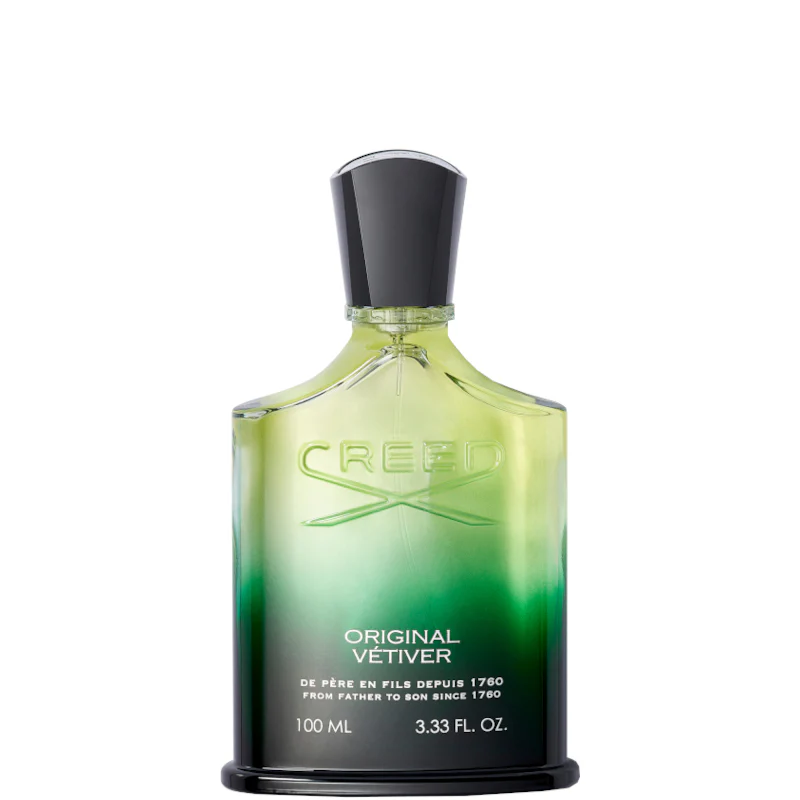Your mornings deserve better than “nothing to wear.” In this article, we’ll show you a clean, repeatable way to define your style, choose pieces that fit beautifully, and build outfits that work in real life — not just on mood boards. We’ll use Get your StyleFile as the anchor: a guided experience that helps you translate preferences into clothes, not guesswork. In this article, you’ll learn how to craft a style profile, turn it into a capsule, and keep your closet evolving with minimal stress.
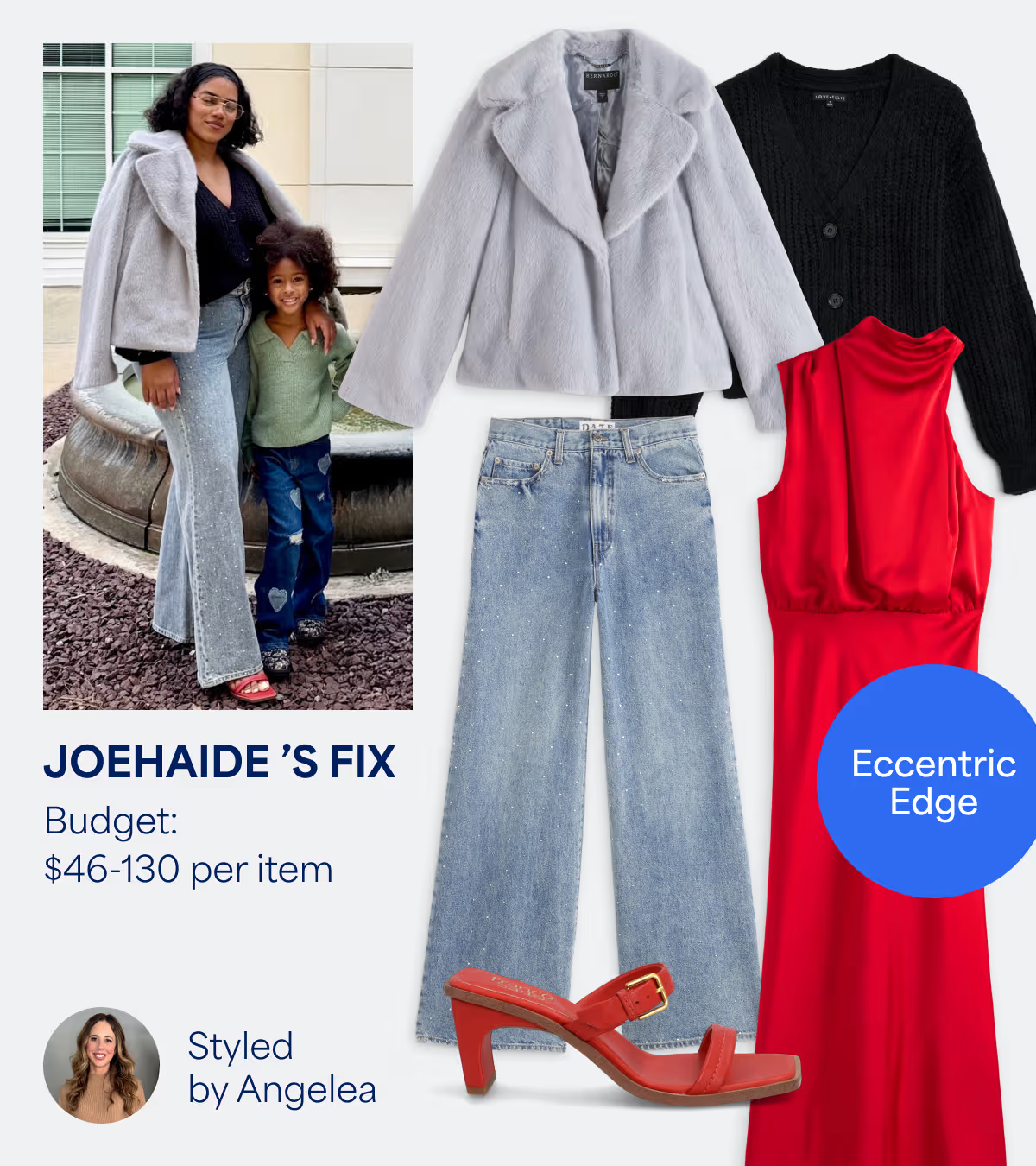
Step 1 — Write Your Style Story (So Your Clothes Can Follow)
Great style isn’t random; it’s a tiny autobiography. Start by naming your constants: 1–2 favorite silhouettes (e.g., relaxed trousers, A-line skirts), two colors that flatter your skin tone, and the settings you actually dress for (office, school runs, date nights, weekend city walks). Get your StyleFile turns this into a structured profile: preferences, fit notes, and must-avoid details (like itchy knits or too-short sleeves). When a system knows your non-negotiables, it stops recommending “almost right” pieces and starts delivering what you’ll truly wear.
Step 2 — Fit First: Decode Your Best Proportions
Most “meh” outfits are really fit problems. Map your proportions: shoulder width, rise, inseam, and where waistbands feel best. Add this to your profile, along with fabric likes (structured twill vs. flowy viscose) and pain points (gaping button placket, heels that blister). Get your StyleFile uses those signals to prioritize cuts you’ll move in — high-rise straight jeans if you like waist definition, a relaxed blazer if you prefer drape over cling. Fit notes aren’t picky; they’re practical. When the cut is right, even simple outfits look polished.
Step 3 — Build a Capsule That Actually Matches Your Week
Think of your wardrobe in modular sets: 10–12 core pieces that rotate without feeling repetitive. A three-tier scaffold keeps it simple:
- Foundations: denim, neutral trousers, layering tees, a versatile slip skirt.
- Elevators: an easy blazer, a cashmere-like knit, city sneakers, ankle boots.
- Accents: a printed blouse, a statement belt, one “wow” dress.
With Get your StyleFile, your capsule can be planned to cross-pair: the blazer works with the slip skirt and denim; the printed blouse tucks into trousers and pairs under knits. Fewer pieces, more mileage — and the whole closet packs easily for a weekend trip or a presentation week.
Step 4 — Outfit Math: 1–2–1 Formula for Effortless Looks
Use a simple ratio to assemble outfits fast: 1 foundation + 2 elevators + 1 accent. Example: straight jeans (foundation) + tailored tee and blazer (two elevators) + printed scarf (accent). Or slip skirt (foundation) + soft crewneck and ankle boots (elevators) + bold cuff (accent). Get your StyleFile suggests pieces that already play well together, so that ratio becomes second nature. You’ll stop doom-scrolling outfits and start repeating what works.
Step 5 — Fabric & Care Codes: Choose Textures You’ll Actually Wear
Clothes live and die by hand-feel. Decide your daytime comfort zone: soft knits with recovery, woven tops with a hint of stretch, trousers that keep a pressed line without demanding a dry-clean every Sunday. Add those care preferences to Get your StyleFile and bias toward “easy care” tags. Texture balance matters too: pair a drapey top with a structured bottom, or structured top with fluid pants. That contrast photographs beautifully and feels tailored without tailoring.
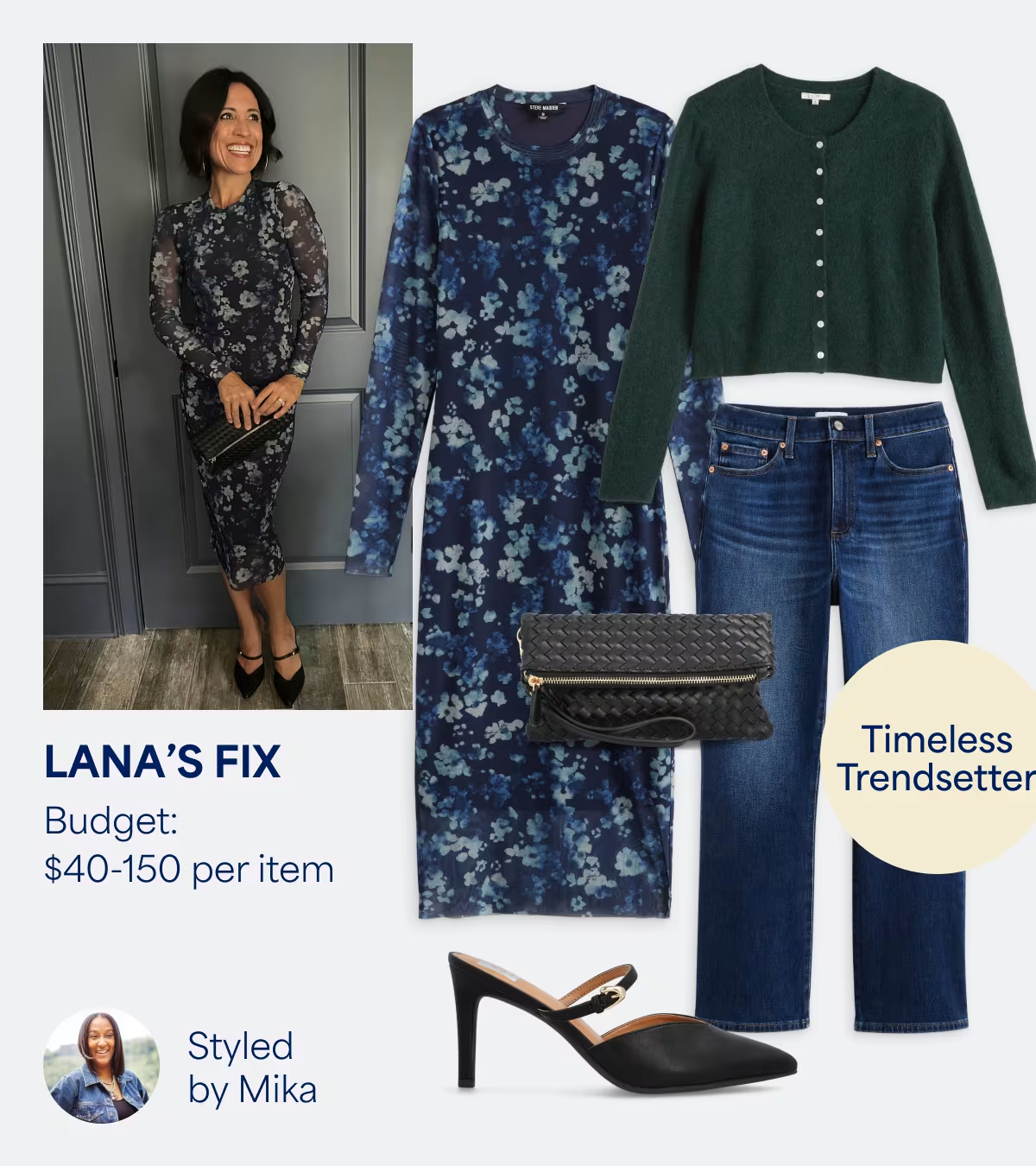
Step 6 — Color Strategy: The 5-Color Closet
Pick two neutrals (say, black and camel), two core colors (olive and soft blue), and one accent (crimson or chartreuse). Everything you add should harmonize with that palette so you can throw pieces together at 7:45 a.m. without thinking. Get your StyleFile helps filter to hues you’ll actually reach for; it’s the difference between a rainbow you never touch and a palette that makes packing a carry-on painless.
Step 7 — Occasion Capsules (Work, Weekend, Events)
Rather than buying “one-off” outfits, draft mini-capsules for your real life:
- Hybrid Work: knit blazer, refined tee, straight trousers, low block heels.
- Weekend City Walk: cropped denim, boxy tee, shacket, clean sneakers.
- Event-Ready: slip dress, wrap knit, strappy sandals, small box clutch.
Get your StyleFile can nudge you toward pieces that anchor multiple capsules — the knit blazer works Monday and Saturday night; the slip dress layers with a sweater for daytime. This prevents that “beautiful but orphaned” dress scenario.
Step 8 — Try-On Ritual: 12 Minutes That Changes Everything
The try-on is where style becomes muscle memory. Do it when you’re not rushed: good lighting, natural makeup (or none), hair how you normally wear it. Record quick phone snapshots front/side/back. Move — sit, reach, walk. If a piece passes the movement test and creates at least three outfits with items you already own, it’s a keeper. If you’re ambivalent, it’s a no. Get your StyleFile simplifies this with pre-paired looks and feedback prompts so you can note “excellent sleeve length,” “itchy seam,” or “perfect rise” for next time.
Step 9 — Edit Your Closet: Subtract to Multiply
A closet that’s 30% smaller but 100% intentional is the goal. Pull out anything that itches, pulls, or always gets “saved for later.” Replace each with a targeted upgrade that serves the same role better — the trench you actually reach for, the trousers that make shoes easy. Keep one donation bag in the closet; once it’s full, it leaves. Use the Get your StyleFile guidance to backfill with pieces that solve specific gaps (e.g., “black trouser that works with flats and boots”).
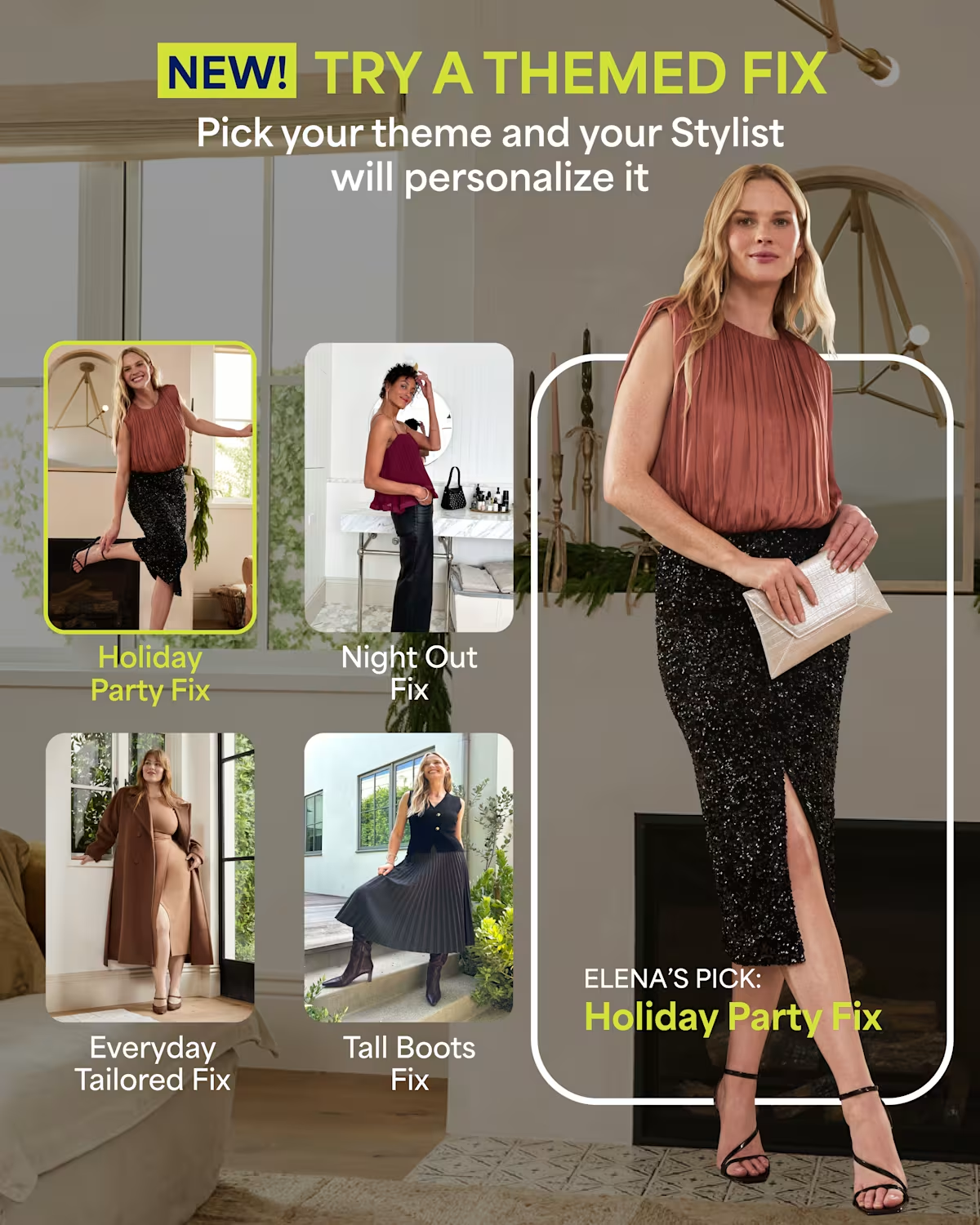
Step 10 — Seasonal Refresh: Keep the Core, Rotate the Accents
Your foundations stay; your accents rotate. Spring might swap in a soft blue cardigan and a slingback; winter brings a structured coat and leather boots. Update your Get your StyleFile notes each season with “what I loved,” “what I reached for,” and “what I missed.” That loop converts experience into smarter future picks and prevents impulse buys that don’t fit the plan.
Micro-Tweaks That Make Macro Differences
A few tiny habits raise your baseline instantly:
- Tailoring Lite: hem jeans to ankle-bone length for sneakers; add a tiny waist nip to a blazer for shape.
- Proportions: boxy top + slim bottom, or vice-versa — never both boxy and long.
- Accessory Rules: one statement (earrings or necklace), not both; keep metals consistent unless the clash is intentional.
- Shoe Swap Test: if an outfit works with both sneakers and ankle boots, you’ve hit the versatility bullseye.
Get your StyleFile already leans toward items that win those tests out of the box.
Budgeting That Matches Your Calendar (Not Internet Trends)
Instead of “haul” shopping, align buys to your calendar: presentation month, trip month, wedding month. Allocate more to high-impact pieces that change many outfits (blazer, coat, perfect denim) and save on accents that you’ll rotate quickly. Your Get your StyleFile picks will surface those “cost-per-wear champions” so your wardrobe grows intentionally, not impulsively.
Care & Longevity: Keep Favorites Looking New
Treat fabrics like assets. Wash knits inside out in cool water, lay flat to dry. Use a sweater stone on pilling. Steam woven shirts to revive drape. Store blazers on wide hangers, and fold denim Marie-Kondo style to protect stretch. Track what wears fastest (usually tees and jeans) and plan refresh cycles each quarter so your “daily drivers” never look tired.
Confidence Loop: Wear, Note, Adjust, Repeat
Style is a loop, not a finish line. Each week, note which outfits felt “very me” and which didn’t. Capture one mirror photo of a win; recreate it with small tweaks. Update Get your StyleFile with those insights so the next set of recommendations leans harder into your best silhouettes and shades. Over time you’ll have a highlight reel you can copy on autopilot.
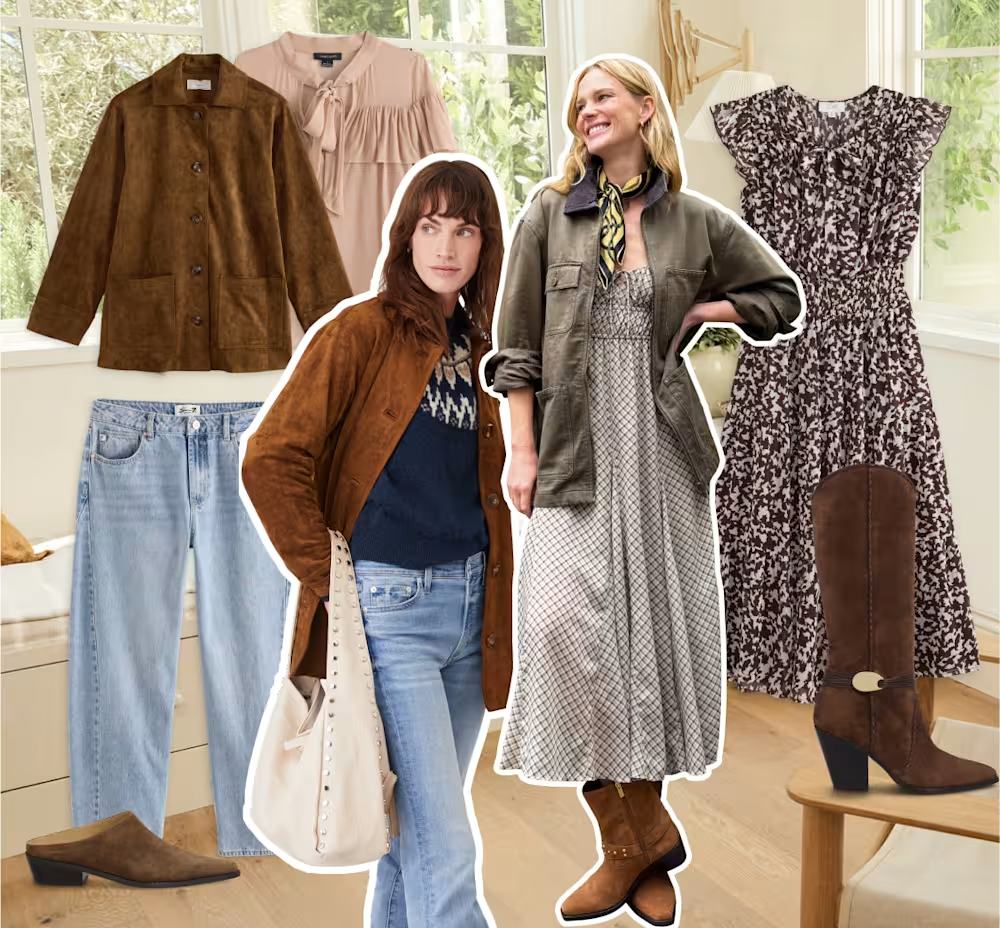
Conclusion
Getting dressed shouldn’t require inspiration every morning — just a system. Define your style story, prioritize fit, build a capsule that cross-pairs, and use a simple outfit formula to move from “nice idea” to “that works.” With Get your StyleFile as your guide, you’ll spend less time searching and more time wearing pieces that feel like you: consistent, confident, and easy to repeat. When your closet reflects your life — not the algorithm — you’ll feel polished on busy Tuesdays and special Fridays alike.
FAQ
- How do I choose silhouettes if I like comfort but want structure?
Start with soft fabrics cut in tailored shapes: a knit blazer, a refined tee with shoulder coverage, straight-leg denim with a touch of stretch. Use Get your StyleFile to filter for “relaxed but polished.” - What’s the fastest way to test a new piece?
The three-outfit rule: if it makes at least three good looks with what you own, it stays. If not, it goes back. - How many pieces should be in a capsule?
Ten to twelve core items per season is plenty. Add 3–4 accents for color/print and you’ll have dozens of combinations. - How do I handle dress codes that shift (office one day, WFH the next)?
Keep hybrid heroes: a soft blazer, elevated joggers, clean sneakers, a knit dress. They flex across settings without costume changes. - What if I’m between sizes?
Prioritize cut over number. Note preferred rise, inseam, and shoulder width in Get your StyleFile; choose the size that fits the largest measurement and tailor the rest. - How do I pick colors I’ll actually wear?
Two neutrals, two core colors, one accent. If a shade doesn’t match at least three items, skip it. - How do I stop impulse buys?
Shop your calendar, not your feed. Fill documented gaps first (e.g., weatherproof coat) and wait 24 hours on accents. If you’re still excited, proceed. - What’s a simple outfit formula for busy mornings?
1 foundation + 2 elevators + 1 accent. Jeans + tee + blazer + earrings is a reliable start; swap footwear to suit your day.


